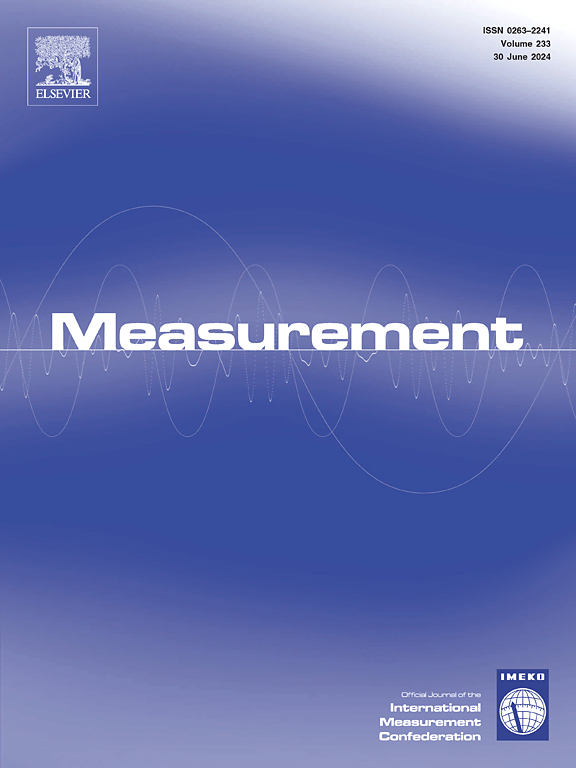Intelligent recognition and measurement for fatigue cracks in orthotropic steel decks: A comparative study of algorithms
IF 5.2
2区 工程技术
Q1 ENGINEERING, MULTIDISCIPLINARY
引用次数: 0
Abstract
Orthotropic steel bridge decks are highly susceptible to fatigue cracking under cyclic loading. To overcome the limitations in precision and efficiency of existing crack identification technologies, this study systematically analyzed the performance of four traditional machine learning algorithms, twelve deep learning algorithms, and forty-eight hybrid algorithms with various combinations in the task of fatigue crack image recognition. An innovative comprehensive evaluation method was proposed to assess these algorithms. It integrated an intelligent crack image recognition method with an automatic crack measurement technology to design an application. The results indicate that the combination of deep learning algorithms with K-Nearest Neighbors (KNN) or Support Vector Machines (SVM) algorithms significantly enhances recognition precision and efficiency. Among all the algorithms tested, the ResNet-101+SVM hybrid algorithm achieved the highest score of 98.88, with a final test set accuracy of 98.95 %, a transfer recognition rate of 95.97 %, and a training time of only 20.15 s, demonstrating excellent stability. Furthermore, it has successfully developed a low-cost and high-precision crack measurement technology, capable of controlling measurement errors within 2 %. It offers an efficient and reliable tool for intelligent detection and assessment of fatigue cracks in orthotropic steel bridge decks for engineers and researchers.
求助全文
约1分钟内获得全文
求助全文
来源期刊

Measurement
工程技术-工程:综合
CiteScore
10.20
自引率
12.50%
发文量
1589
审稿时长
12.1 months
期刊介绍:
Contributions are invited on novel achievements in all fields of measurement and instrumentation science and technology. Authors are encouraged to submit novel material, whose ultimate goal is an advancement in the state of the art of: measurement and metrology fundamentals, sensors, measurement instruments, measurement and estimation techniques, measurement data processing and fusion algorithms, evaluation procedures and methodologies for plants and industrial processes, performance analysis of systems, processes and algorithms, mathematical models for measurement-oriented purposes, distributed measurement systems in a connected world.
 求助内容:
求助内容: 应助结果提醒方式:
应助结果提醒方式:


